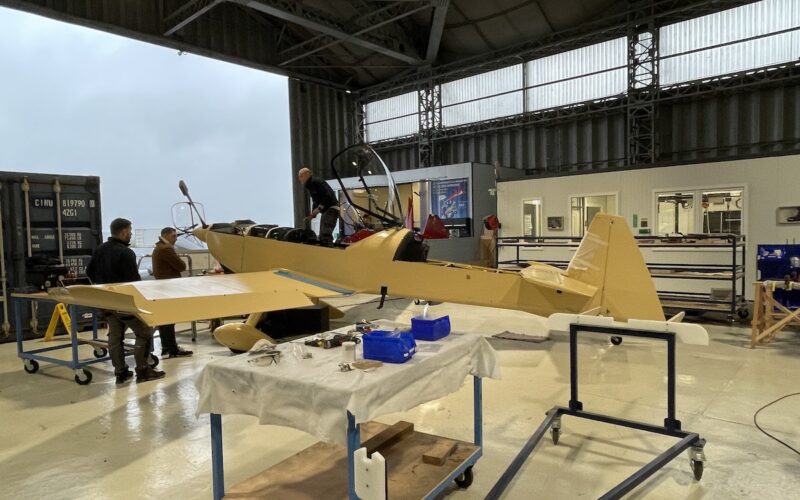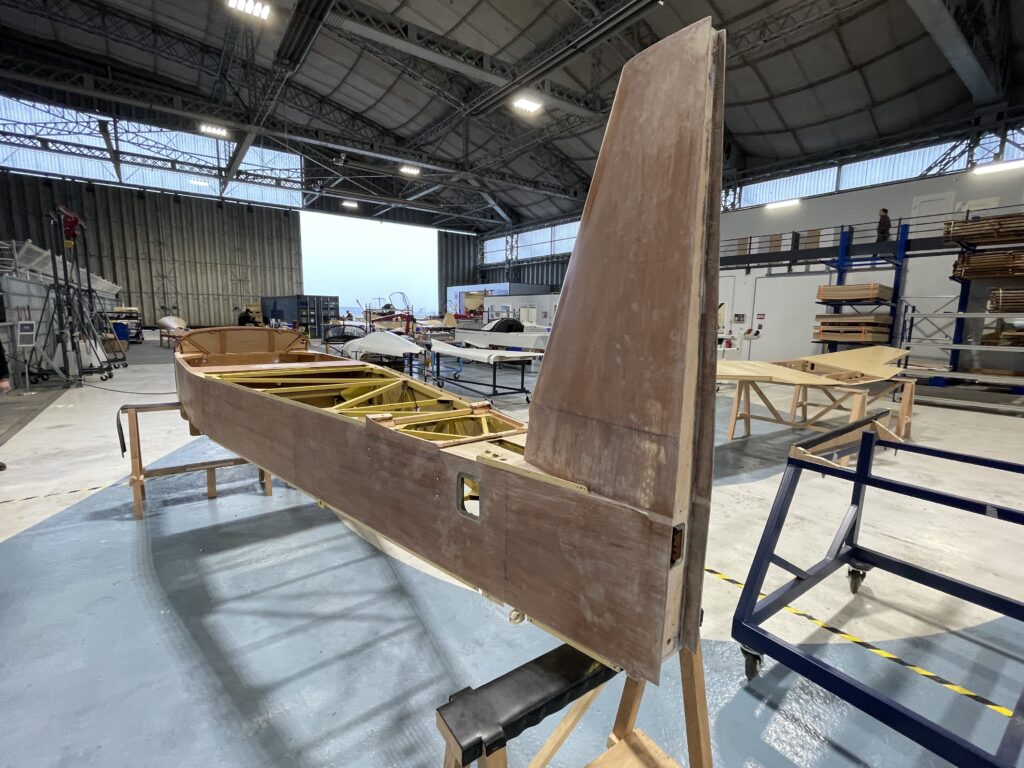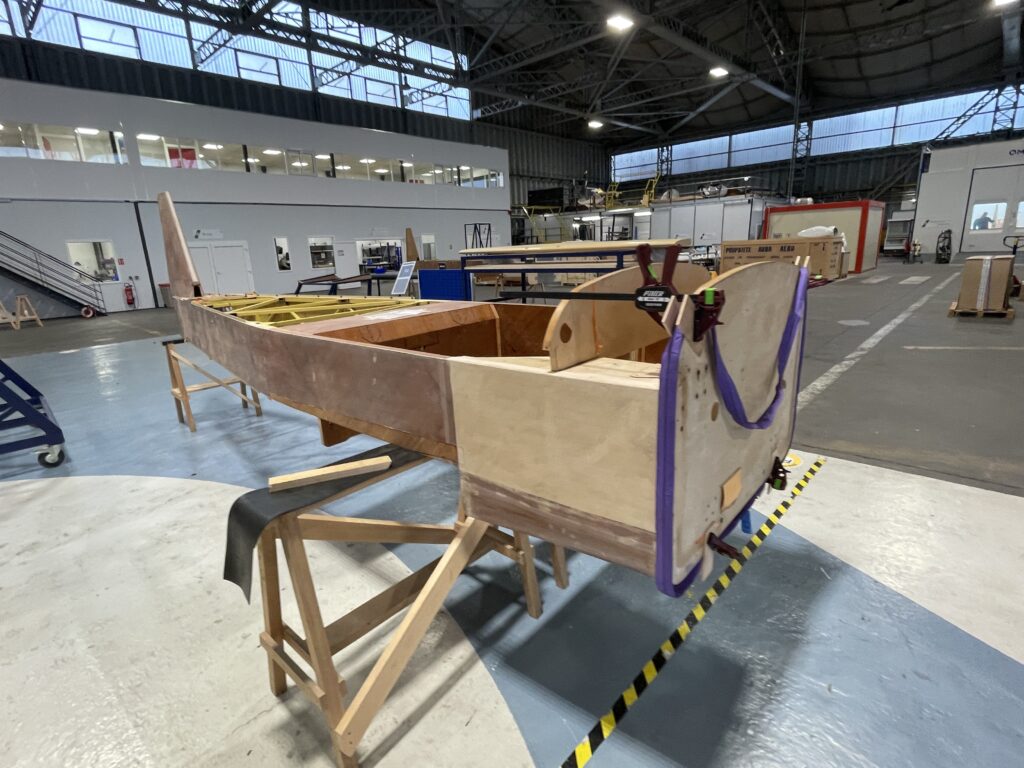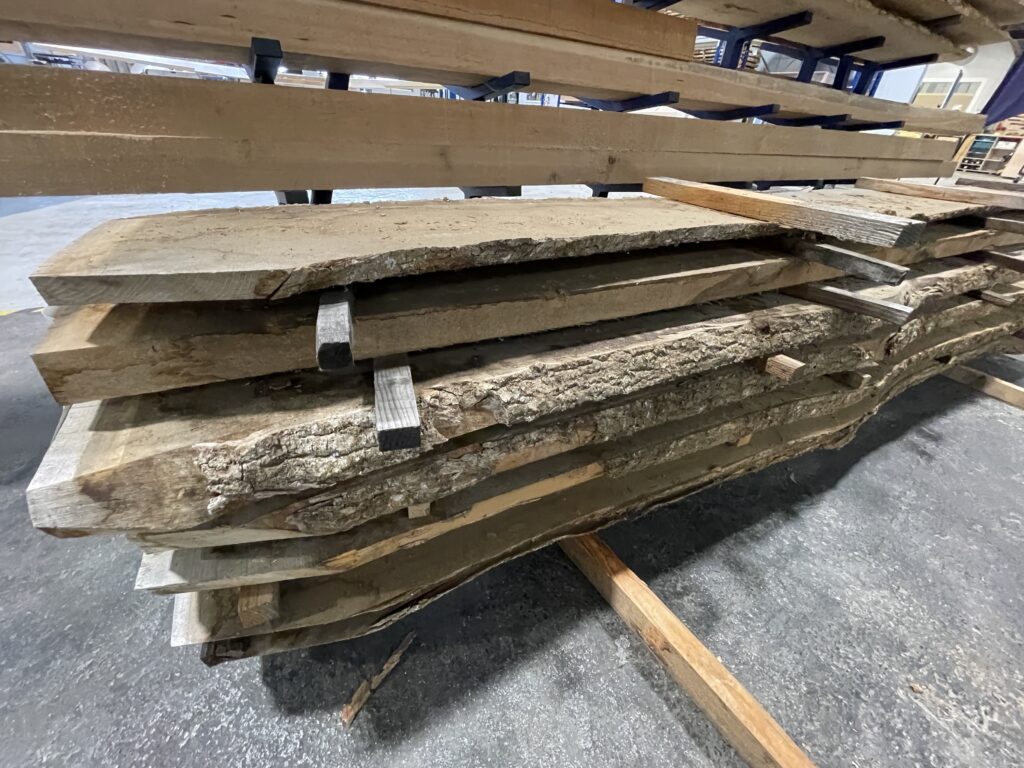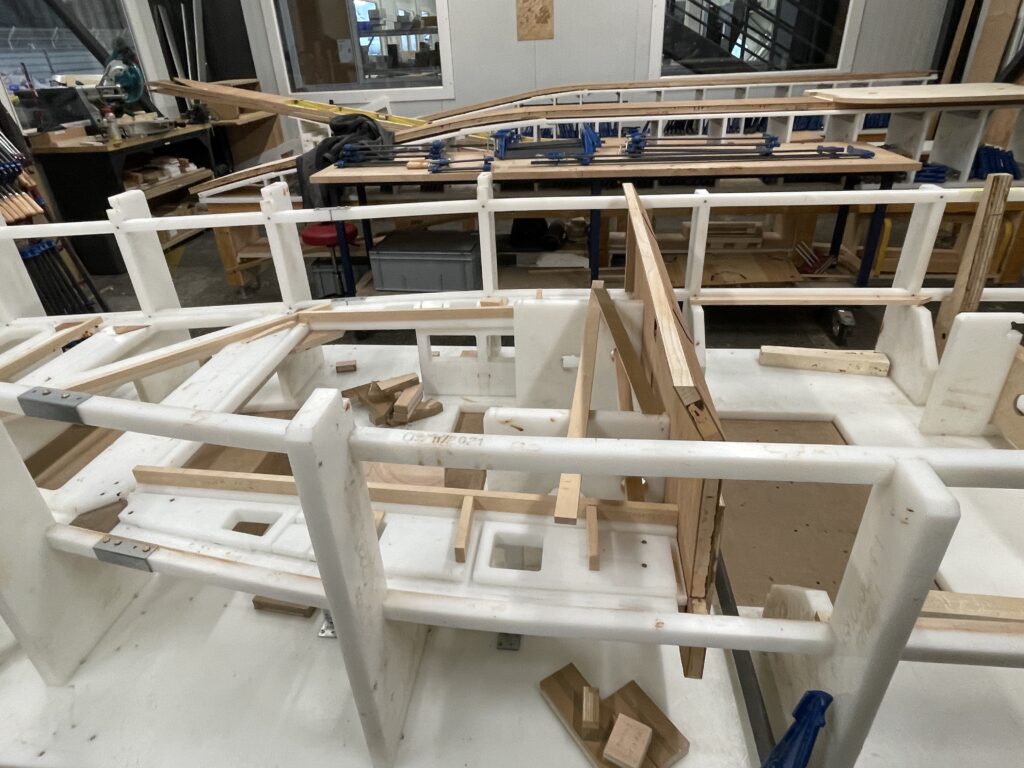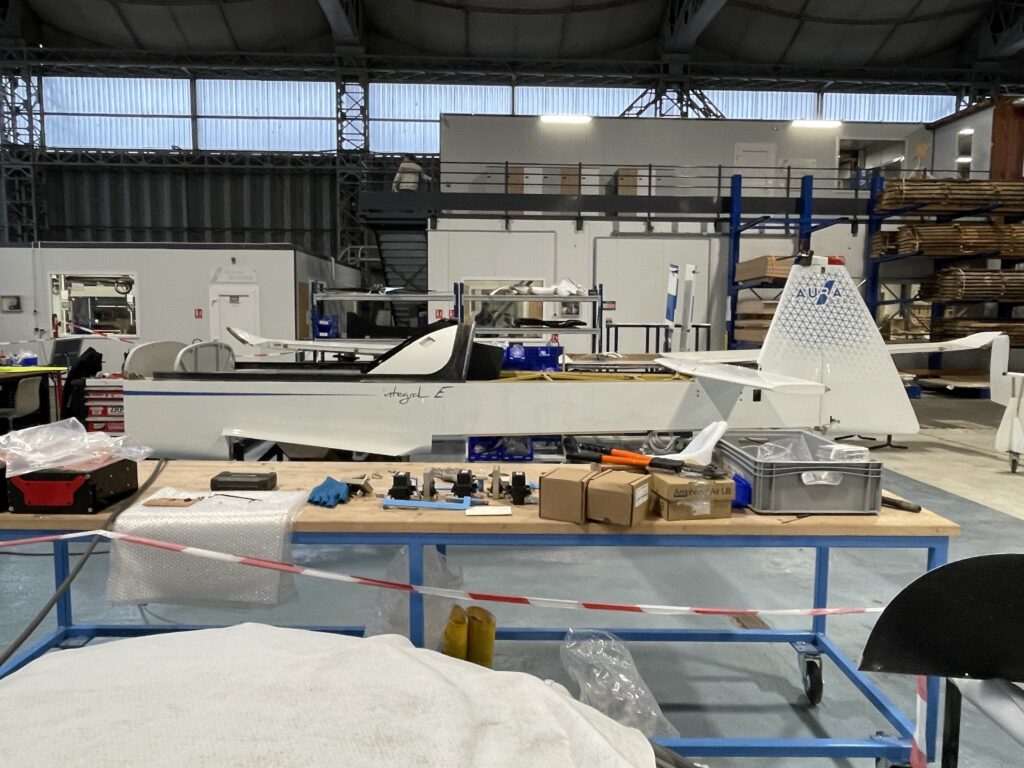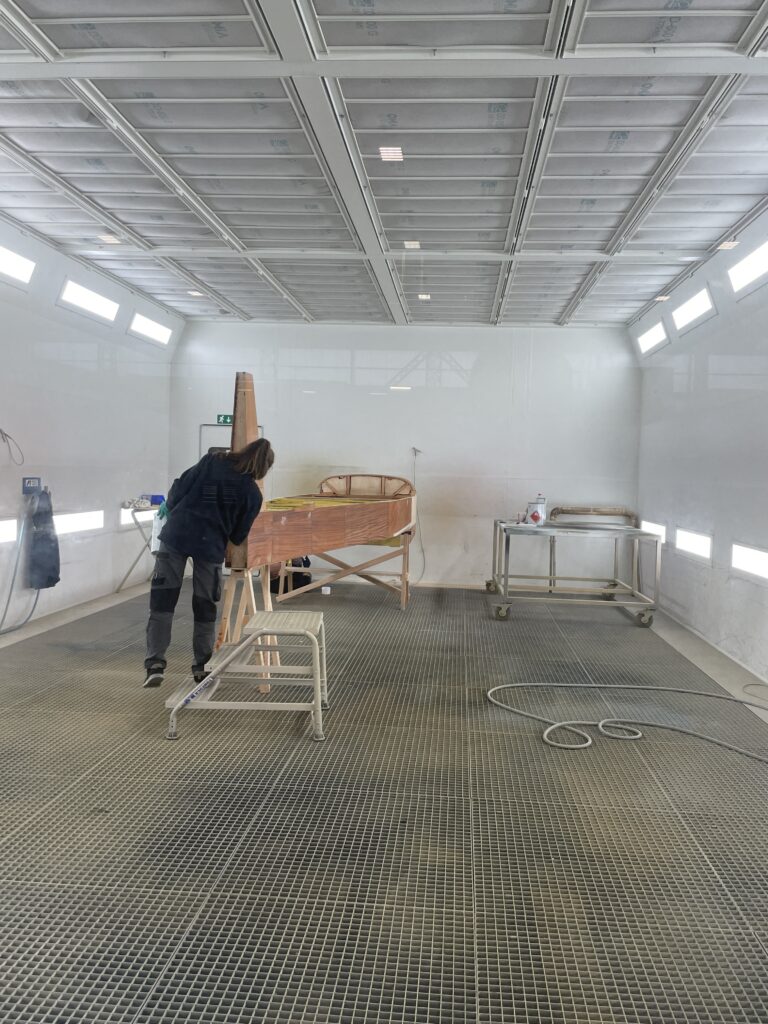On December 20, 2023, American private charter operator JSX announced that it had placed an order for up to 332 low-emissions hybrid-electric aircraft.
This order, one of the largest to date in the nascent low-emissions aviation sector, was divided between three different startup aircraft makers, one from the US and two from Europe.
One of the three is Aura Aero, a French firm that has become one of the rising stars of the electric aviation world. The 50 aircraft plus 100 options committed by JSX add to the US$4.5 billion in orders that Aura Aero’s 19-seater hybrid-electric aircraft, called ERA, had already racked up from several other operators.
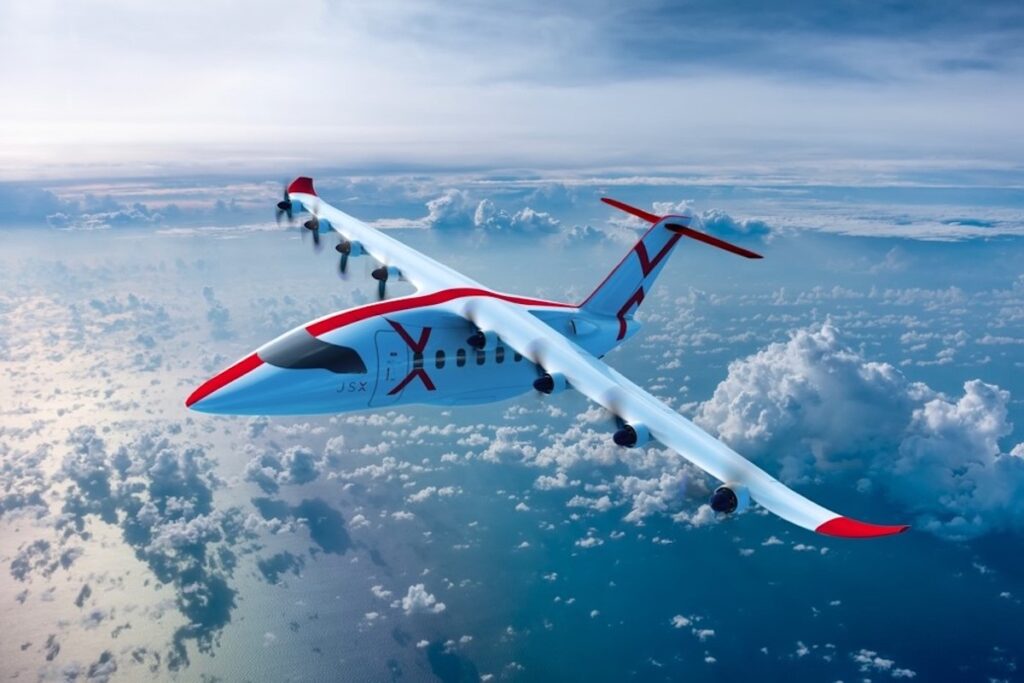
AeroTime travelled to Toulouse, in the south of France, to meet Aura Aero’s founder Jérémy Caussade and find out more about this promising aircraft startup.
Toulouse is known for being Europe’s aerospace capital. The city is home to giant aircraft maker Airbus and turboprop manufacturer ATR, and it also boasts a well-developed industrial ecosystem servicing the aviation industry.
Therefore, it’s unsurprising that a new generation of aviation startups concerned with the development of more sustainable clean-sheet aircraft has also found fertile ground here.
While Airbus and many of its supporting industries are based to the north of Toulouse, in Blagnac next to the international airport, Aura Aero has selected Toulouse-Francazal airport, in the southern outskirts of the city, as the base from which to roll out its ambitious vision.
Here, in this former military base-turned-aerospace industrial hub, Aura Aero is simultaneously developing not just one but two families of aircraft.
The most advanced of the two programs is the Integral family of two-seater light aircraft, which is made of two conventionally powered planes (the INTEGRAL R and models) and one that’s battery powered (the all-electric Integral E). They have been designed primarily with the flight training market in mind.
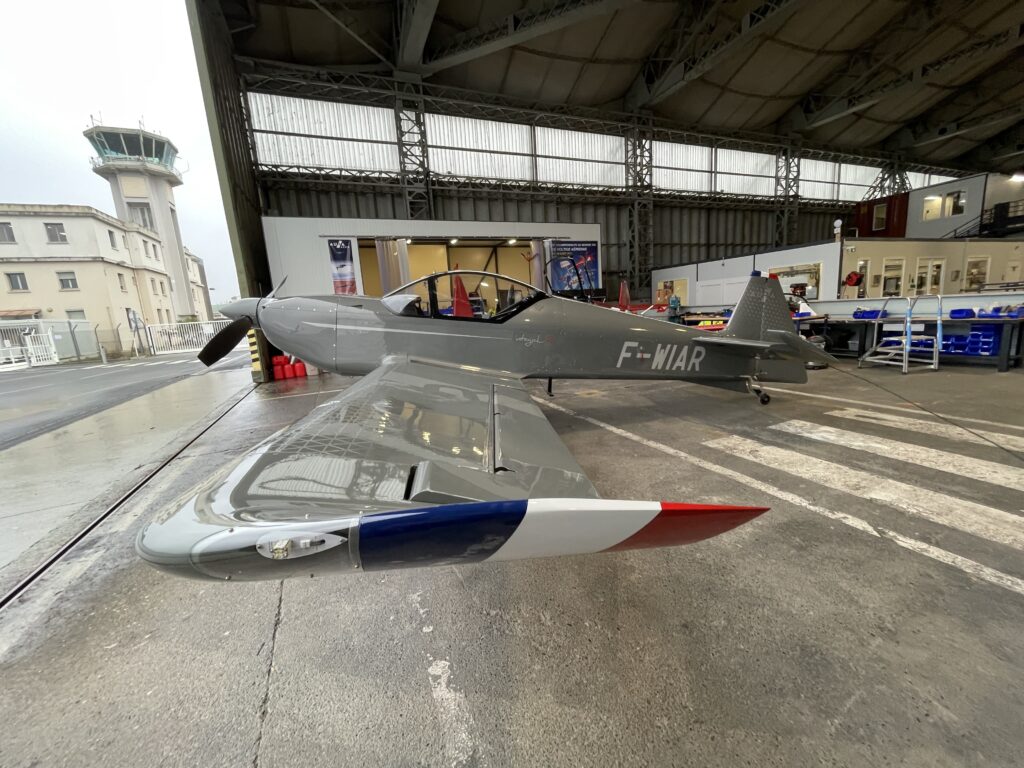
The other program, which has become the flagship for Aura Aero, is the ERA, a 19-seater hybrid-electric regional airliner that is expected to enter service by 2028.
Speaking in his office, located next to the former airport control tower, Caussade explained how despite the obvious differences in design, capabilities and mission, the two programs, INTEGRAL and ERA, are more closely related than meets the eye: the development of the two-seater INTEGRAL family has yielded some important learnings that are being applied to the much larger ERA.
The ERA may still be largely on the drawing board (although some full-size mockups of its cabin and cockpit already exist), but the two piston-powered INTEGRAL models, the R and S, have already flown and it is expected that the INTEGRAL E will do so as well in Q1 2024.
On our behind-the-scenes visit to Aura Aero’s Toulouse-Francazal HQ, the first stop was the factory floor where the Integral aircraft are assembled, a 3,500 sq.-meter hangar at the edge of Toulouse-Francazal’s runway.
Remarkably, the work here combines elements that look like something out of an artisan’s workshop with those more typical of a high-tech lab.
Piles of logs, some with their bark still on, lie on one section of the factory floor, awaiting their turn to be shaped into wings, cockpits and other parts of the aircraft structure.
Aura Aero sources wood from a sawmill in Normandy in northern France to make their Integral range of aircraft. You read that right: to a large degree this ultra-modern light aircraft is constructed from wood, although some parts are reinforced with carbon fiber and composites (the ERA regional aircraft will instead combine metal and composites).
Aura Aero’s head of production, led us through different workshops where these pieces of wood are shaped, arranged and fitted together, not unlike a large IKEA set.
Several Integral aircraft at different stages of completion lined the factory floor, from the bare basic frame, resembling a supersized wooden toy, to the sleek and elegant lines of two completed INTEGRAL aircraft.
Aura Aero’s head of production explained how wood has, actually, quite a few properties that make an ideal material for this job: it is light, resilient and easily repairable. As an added bonus, it is also sustainable!
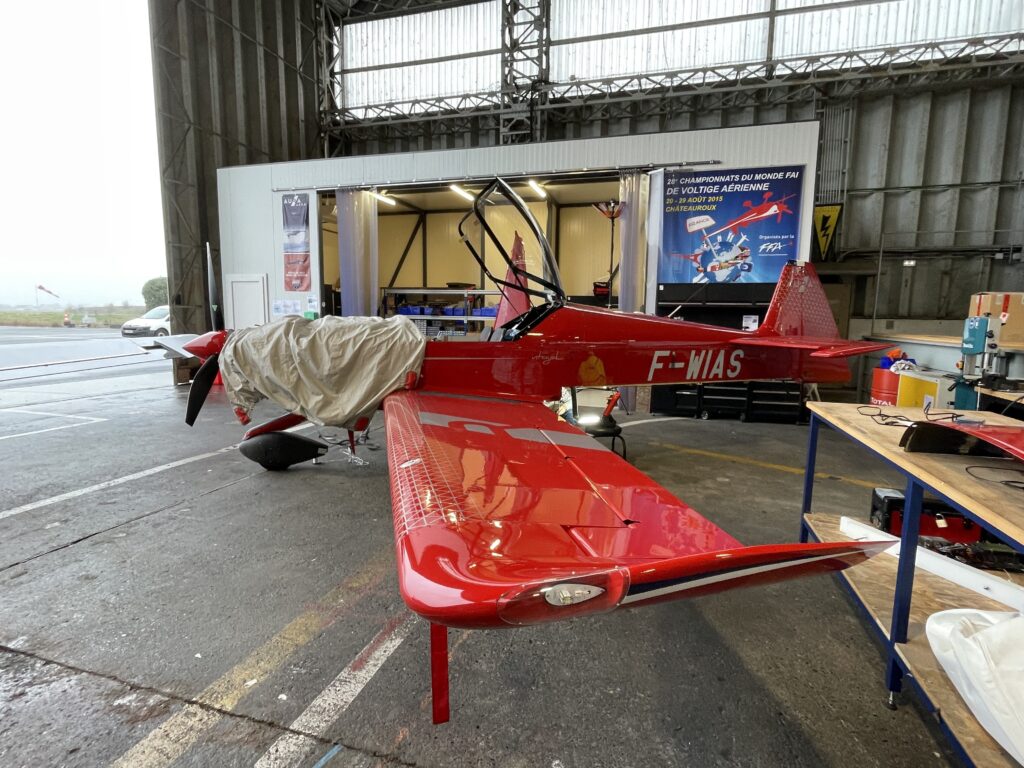
If wood is an age-old material, what goes inside the Integral E is pretty much state-of-the-art. In fact, Aura Aero is working with some leading aerospace suppliers, such as Garmin and Thales to source elements such as the avionics and electronics that will go into both the INTEGRAL and ERA aircraft, respectively.
The batteries area also sourced externally, but the French startup has developed a system in-house that will enable the ERA to transition efficiently between conventional and electric flight.
The ERA regional aircraft will be powered by eight electric motors and two turbogenerators, providing it with a range of 900nm. It will also have STOL capabilities, making it able to operate on runways as short as 800 meters. This will come in useful when it comes to performing one of the key missions for which the ERA is slated, namely providing air connectivity to small communities on a regional basis.
France has recently taken a stance against short haul flights (although with limited practical effects). Ironically, though, if France-based Aura Aero and other electric aviation pioneers are successful, we may end up seeing more short haul flying rather than less, albeit with a much lower environmental footprint. Compared to conventionally sized models of a similar size, Aura Aero claims that its emissions are lower by 80% and operational costs lower by 50%.
Caussade is enthusiastic about the new possibilities that this technology should open up, to the point that Aura Aero has already plans in place to relocate to a new 40,000 sq.-meter state-of-the-art integrated factory.
The new facility, designed by architecture firm Brunerie, has been devised with sustainability principles at its core. It will also be located at Toulouse-Francazal, albeit at the opposite end of the runway from the company’s current base.
Once the new assembly line is at full capacity, Aura Aero will be able to build 100 ERA and 50 Integral aircraft per year in Toulouse, with the workforce size jumping from the current 200 to around 1,600. Unsurprisingly, the local authorities within the Occitanie region, where the city of Toulouse is located, are helping to finance the new €150 million facility.
Although firmly rooted in Toulouse, Aura Aero is well aware that the largest markets for the type of air mobility it proposes may be outside of Europe. In fact, the startup opened its first US office in 2023. The recent JSX order seems to vindicate this investment.
The firm’s founder, Jérémy Caussade, received us in his office to share some additional insights about this vision for the future of Aura Aero and low emissions aviation in general.

